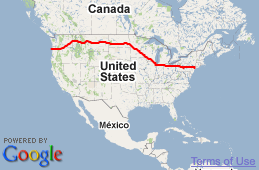
From the park information plaque:
Hemlock bark provided the tannic acid used to cure as many as 50,000 hides a year, making this the second largest tannery in America during this era. The river and the forest paid an enormous price for the Tannery's good fortune. Wastes dumped into the river turned it black. Logging created a landscape littered with the debris of abandoned trees cut only for their bark. In 1875, an uncontrollable fire ignited and swept across the forest floor, engulfing and forever destroying the tannery.On a lighter note, I just met some college kids out on a photojournalism assignment. They were excited by the encounter, but they did have one regret: "Man, I wish we had some weed to share with this guy."


Here’s a connection between tanneries in this part of Pennsylvania and Morganton, NC (Matt’s mom’s hometown). Around the turn of the 20th century, members of the Pennsylvania Kistler and Lesh families established the Burke Tannery in Morganton, in western North Carolina. The trees in Pennsylvania had been over-timbered, and the NC mountains offered rich forests. The Burke Tannery operated from 1902 – 1921 and was the largest tannery in the South. The Kistler and Lesh families married into old Burke families, including some of our kin. You can always count on a southern mother to tell you these things.
If tannic acid was the cure, what was the disease?
Dear Uncle Alan,
WAKKA WAKKA!
This comments page has a dynamic similar to that of a Green family Passover Seder.